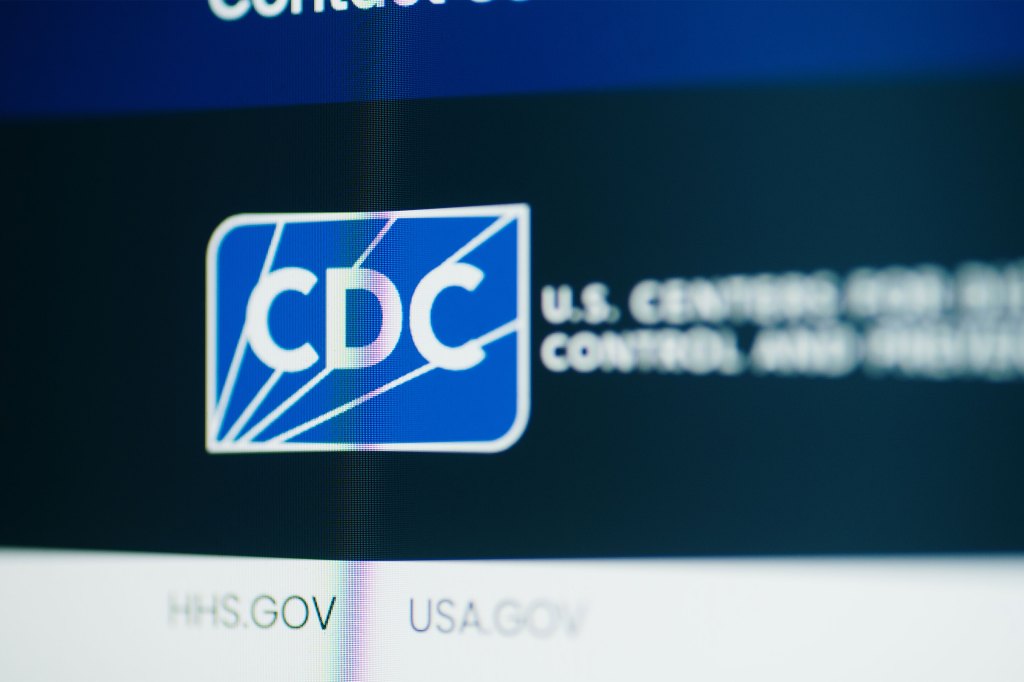Carmen Aiken of Chicago made an appointment for an annual physical exam in July 2023, planning to get checked out and complete some blood work.
The appointment was at a family medicine practice run by University of Illinois Health. Aiken said the doctor recommended they undergo a Pap smear, which they hadn’t had in more than a year, and testing for sexually transmitted infections. Aiken, who works for a nonprofit and uses the pronoun they, said they were also encouraged to get the HPV vaccine.
They’d tested positive for HPV in 2019 and eventually cleared the virus but had not received the vaccine to prevent future infections.
“Sounds like a good idea,” Aiken, 37, recalled telling the doctor.
They also needed some lab work done, part of routine monitoring for one prescription. After being examined, Aiken said, they were directed to a different part of the office building to get blood drawn and receive the first dose of the vaccine before leaving.
Then the bill came.
The Medical Procedure
Services at Aiken’s appointment included a pelvic exam, a vaccination, and blood work, checking, in part, glucose levels and liver function.
An annual physical exam typically includes a variety of services, many of which insurers are required to cover under the Affordable Care Act, such as reviewing the patient’s health history, screening for high cholesterol, or performing a Pap smear, a procedure to check the cervix for signs of cancer.
Updating immunizations is also a common, covered service at checkups. The vaccine for HPV, or the human papillomavirus, provides protection against an infection that can cause several types of cancer. Federal health officials recommend being immunized for HPV at age 11 or 12, though the vaccine also can be administered later in life.
The Final Bill
$1,430.13: $1,223.22 for lab services and pathology, plus $206.91 for “professional services,” which included a charge for a 40-minute “High Mdm” outpatient visit — indicating a high level of “medical decision-making” — as well as charges for immunization administration and vaccines.
The Billing Problem: Diagnostic Blood Work With a Hospital Price Tag
Not all services that may be provided as part of an annual physical are paid for by insurance as preventive care.
A patient who needs blood work for a specific medical concern — as Aiken did, for medication monitoring — could be required to pay part of the bill. That’s the case even if the blood work is performed during a checkup alongside preventive services. Some health insurers pay for standard blood work as part of a preventive visit, but that’s not always the case.
Aiken had purchased a health insurance plan on the federal marketplace and said they were confident the visit would be covered at no cost to them.
When they got a bill for more than $1,400, Aiken thought, “How did this happen?” They said they called their insurer, BlueCross BlueShield of Illinois, then filed an appeal for the $1,223.22 amount they owed for lab services after their initial inquiry went nowhere. “Surely this is a misunderstanding.”
But their insurer sided with UI Health’s position that the blood work rendered during the appointment was not preventive. In a letter denying Aiken’s appeal, BlueCross BlueShield of Illinois decided that “the labs were billed correctly as diagnostic.”
Under the plan’s parameters, the insurer determined Aiken remained on the hook for 50% of the cost of outpatient labs performed in a hospital setting.
Dave Van de Walle, a spokesperson for BlueCross BlueShield of Illinois, would not discuss Aiken’s bill with KFF Health News.
Francesca Sacco, a spokesperson for UI Health, said in an emailed statement that Aiken scheduled the appointment for “medication monitoring and to obtain a vaccine.”
“Medication monitoring is not considered a wellness benefit under the Affordable Care Act,” she said.
Sacco also said Aiken’s labs were sent for processing to University of Illinois Hospital, more than a mile away from the family medicine practice.
That left Aiken owing more. Hospitals typically charge much more than physicians’ offices or independent commercial labs for the same tests.
Related Articles
He Had Short-Term Health Insurance. His Colonoscopy Bill: $7,000.
Mar 28, 2025
A Runner Was Hit by a Car, Then by a Surprise Ambulance Bill
Feb 28, 2025
Most Insurance Covers IUDs. Hers Cost More Than $14,000.
Jan 31, 2025
The distinction between a preventive visit and a diagnostic one is important for billing purposes: It dictates who’s on the hook for the bill. A preventive visit generally comes at no cost to patients. But a visit for an ongoing medical issue is usually classified as diagnostic, leaving the patient subject to copays and deductibles — or even charged for two separate appointments.
Patients may not notice a difference in the exam room. Much of that nuance is determined by the medical provider and captured on the bill.
Confusion still persists 15 years after the ACA’s preventive services protections took effect, said Sabrina Corlette, a founder and co-director of the Center on Health Insurance Reforms at Georgetown University.
“This is an outrageous bill for what should have been routine care,” Corlette said. “People just don’t have this kind of money lying around.”
The Resolution
After the insurer denied their appeal, they “fell down a hole into despair about it for a while,” Aiken said.
“And then someone really wise was like, ‘You can pay it and then just stop thinking about it.’”
So that’s what Aiken did: “I put it on my credit card.”
UI Health’s Sacco said the hospital system is committed to working with insurers to resolve cost-sharing disputes.
“However, it is the insurance company’s sole discretion whether a service is fully covered or subject to cost sharing,” she said. “In this case, the insurer determined that cost sharing would be applicable to a specific portion of the services provided to the patient. Based on this determination, the patient was billed accordingly by UI Health.”
The experience left its mark on Aiken. Last year, they said, they walked out of an urgent-care visit after a doctor recommended a Pap smear — fearing they’d incur another large bill.
The Takeaway
Delaying or avoiding care can lead to worse outcomes, which is why lawmakers tried to ensure patients generally would pay nothing for preventive services, such as immunizations, under the ACA.
Annual checkups are a key element of preventive care. For instance, most adults who never received the HPV vaccine do not know they are still eligible, so it’s critical to inform them of their options, said Verda Hicks, a gynecologic oncologist based in Kansas City, Missouri.
The vaccine offers protection against nine types of HPV, she said. It also prevents HPV-related cancers in men, so the Centers for Disease Control and Prevention recommends boys receive the immunization, too.
“Get vaccinated,” Hicks said. “We just do not have the same tools for many other cancers.”
Keep in mind that your coverage may vary — some insurance companies won’t cover the cost of the vaccine for some older patients — and the same services may be subject to different cost-sharing rules depending on whether they are conducted for prevention versus diagnosis.
Also, prices can vary depending on where care is delivered and tests are performed. If you need a blood test, ask that your doctor send the requisition to a commercial, in-network lab. Patients may not realize that labs drawn at a clinic may be sent to a hospital for testing, exposing them to greater costs.
There has been a push in Congress to eliminate this price variation through “site-neutral” payment policies. Regardless of location, the price for routine care would be reimbursed at the same amount.
“Site-neutral reforms could potentially have significantly reduced Carmen’s expenses,” said Christine Monahan, an assistant research professor at Georgetown’s Center on Health Insurance Reforms.
Meanwhile, a case before the Supreme Court could upend the health system by eliminating the requirement that insurers cover preventive services like vaccines and annual screenings at no cost to patients. The high court heard oral arguments April 21.
If the justices side with the plaintiffs this term, Georgetown’s Corlette said, “then we all potentially lose access to free, high-value preventive care, and that would be a real shame.”
Bill of the Month is a crowdsourced investigation by KFF Health News and The Washington Post’s Well+Being that dissects and explains medical bills. Since 2018, this series has helped many patients and readers get their medical bills reduced, and it has been cited in statehouses, at the U.S. Capitol, and at the White House. Do you have a confusing or outrageous medical bill you want to share? Tell us about it!
KFF Health News is a national newsroom that produces in-depth journalism about health issues and is one of the core operating programs at KFF—an independent source of health policy research, polling, and journalism. Learn more about KFF.
USE OUR CONTENT
This story can be republished for free (details).








